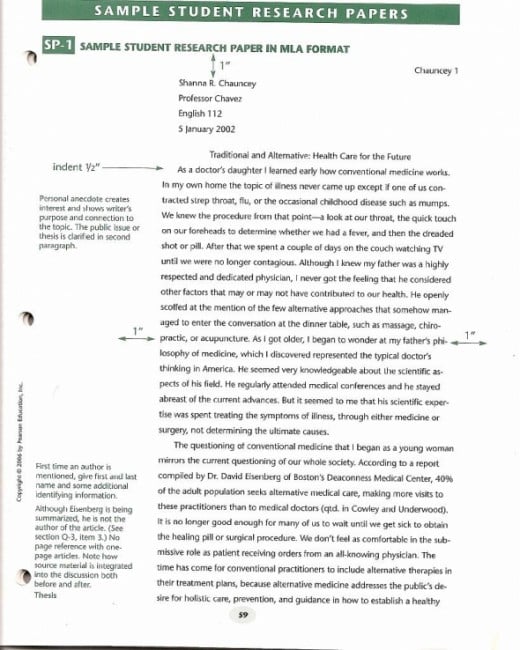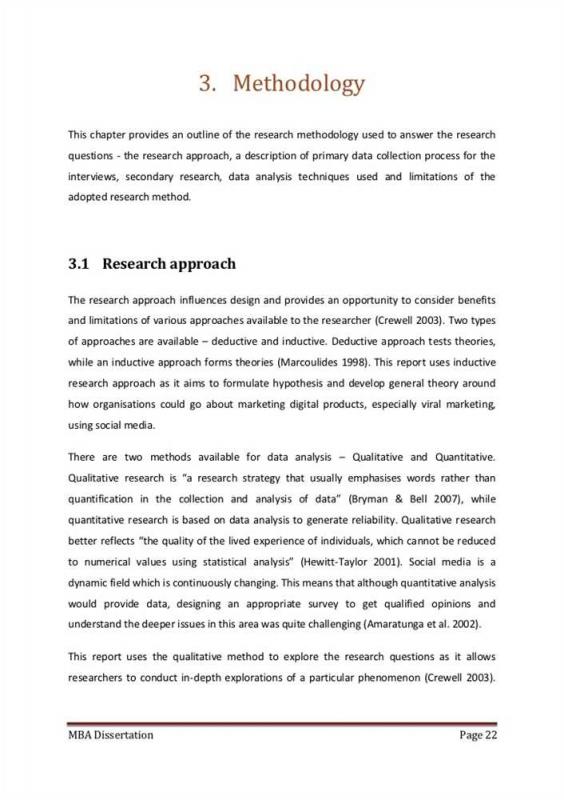When it comes to writing a research paper, one of the most important parts is the introduction. It sets the tone for the rest of your work and is the first impression your readers will have of your research. That's why it's essential to craft a strong, engaging introduction that draws your readers in and sets the stage for the rest of your paper.
What should your introduction include?
A clear thesis statement
The thesis statement is the main point of your paper, and it should be included in your introduction. It's a concise statement that sums up the main argument or idea you're presenting in your paper. A strong thesis statement not only lets your readers know what your paper is about, but it also helps guide your writing and research.

Background information
In addition to your thesis statement, your introduction should also provide some background information about your topic. This could include information about the history of the topic, previous research that has been done, and any relevant context that will help your readers understand the importance of your research.
Tips for writing a strong introduction
1. Start with a hook
One of the best ways to grab your readers' attention is to start your introduction with an engaging hook. This could be a surprising statistic, a powerful quote, or an interesting anecdote. Whatever you choose, make sure it's relevant to your topic and sets the tone for the rest of your paper.
2. Be concise
Your introduction should be relatively short and to the point. You don't want to overwhelm your readers with too much information before they've even started reading your paper. Aim for about one or two paragraphs that succinctly introduce your topic and thesis statement.

3. Define any key terms
If your research involves any technical, industry-specific jargon or acronyms, make sure you define them for your readers. This will help ensure that everyone reading your paper is on the same page and understands the terminology you're using.
4. Preview your main points
Before you jump into your research, it's a good idea to give your readers an overview of what they can expect to see in your paper. This can help them follow along and understand the structure of your argument. You don't need to go into too much detail, but a brief preview of your main points can be helpful.

How to write a compelling introduction
1. Focus on your readers
When writing your introduction, keep your readers in mind. What do they need to know to understand your research? What will interest them and keep them engaged? Make sure your introduction speaks directly to your readers and addresses their interests and concerns.
2. Use active voice
Writing in the active voice can make your introduction more engaging and dynamic. It also helps to emphasize the importance of your research and make it clear that you're taking an active role in your work.

3. Use clear language
Avoid using overly technical or academic language in your introduction. Be clear and concise, and make sure your writing is easy to understand. This will not only make it easier for your readers to follow your argument, but it will also make your paper more accessible to a wider audience.
4. Revise and edit
Finally, make sure you revise and edit your introduction several times before submitting your paper. This will help you refine your argument, eliminate any unnecessary information, and ensure that your introduction is as strong and compelling as possible.

Example of an Introduction of a Research Paper - Writing a strong introduction can be challenging, but it's an essential part of crafting a successful research paper. By focusing on your readers, using clear language, defining key terms, and previewing your main points, you can craft an engaging introduction that sets the stage for the rest of your work.
View more articles about Example Of An Introduction Of A Research Paper


